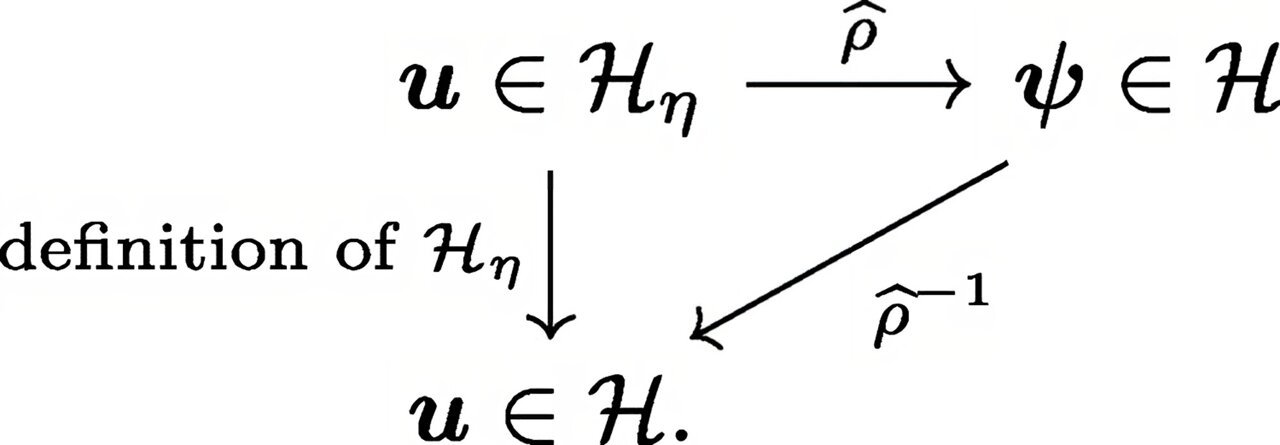Developing a successful fusion energy device requires a deep understanding of complex processes that have never been observed on Earth before. Due to the numerous uncertainties involved, it is crucial to ensure that the device is designed in a way that effectively harnesses fusion power. To bridge the gaps in our understanding, scientists employ computational tools such as algorithms and data simulations. These tools allow them to combine experimental data and theoretical models, enabling the optimization of fusion device designs before their physical construction. This approach saves significant time and resources.
Currently, classical supercomputers are used to simulate plasma physics and fusion energy scenarios. However, to address the remaining design and operational challenges, more powerful computers are needed. Quantum computers have emerged as a promising option due to their exponentially faster computing capabilities. The speed of quantum computers could accelerate the development of fusion devices by enabling plasma researchers and physicists to reconcile various design parameters, such as vessel shape, magnet spacing, and component placement, in greater detail and at a faster rate. Nonetheless, transitioning to quantum computers is a complex task.
A recent paper titled “Dyson maps and unitary evolution for Maxwell equations in tensor dielectric media,” published in Physics Review A, introduces a framework proposed by Abhay K. Ram, a research scientist at the MIT Plasma Science and Fusion Center (PSFC), and his co-authors Efstratios Koukoutsis, Kyriakos Hizanidis, and George Vahala. This framework aims to facilitate the use of quantum computers in studying electromagnetic waves in plasma and their manipulation in magnetic confinement fusion devices.
While quantum computers excel at simulating quantum phenomena, many aspects of plasma physics rely on classical physics models. Plasmas consist of electrons and ions, and their collective behavior is effectively described using classical statistical physics. Quantum effects that operate at atomic and subatomic scales are averaged out in classical plasma physics.
Additionally, quantum mechanics, which describes phenomena at the quantum scale, does not provide an ideal framework for understanding plasma behavior. In fusion devices, plasmas are heated and manipulated using electromagnetic waves, which are fundamental and pervasive occurrences in the universe. Maxwell’s equations, a cornerstone of classical plasma physics as well as general physics, describe the behavior of electromagnetic waves, including their formation and interaction with the surrounding environment. However, these equations are not naturally expressed in quantum terms, making their implementation on a quantum computer challenging and incompatible.
To leverage the computational power of quantum computing for solving plasma physics problems, it is necessary to translate classical physics into the language of quantum mechanics. The researchers addressed this translational challenge and introduced the concept of a Dyson map, which bridges the gap between classical physics and quantum mechanics.
Mathematical maps are functions that demonstrate how to transform an input from one space to an output meaningful in a different space. In the case of Maxwell’s equations, a Dyson map enables the study of classical electromagnetic waves within the framework used by quantum computers. Essentially, it allows the square peg (classical physics) to fit into the round hole (quantum computing) without compromising any physics.
The researchers also presented a blueprint for a quantum circuit encoded with equations expressed in quantum bits (“qubits”) instead of classical bits. These blueprints can be implemented and tested on classical computers, enabling scientists to explore the potential of quantum computing for plasma physics.
In summary, the development of fusion energy necessitates the understanding and manipulation of phenomena that have not been observed on Earth previously. Computational tools like algorithms and simulations are used to bridge gaps in knowledge and optimize fusion device designs. While classical supercomputers are currently employed, the greater computational power of quantum computers presents an appealing prospect for plasma researchers. However, classical physics models need to be translated into the language of quantum mechanics to utilize quantum computing effectively. The introduction of a Dyson map framework and quantum circuits. The introduction of the Dyson map framework and quantum circuits opens up new possibilities for leveraging quantum computing in plasma physics research. By enabling the study of electromagnetic waves in plasma using quantum computers, researchers can gain a deeper understanding of plasma behavior and accelerate the development of fusion device designs.
The Dyson map acts as a mathematical bridge between classical physics and quantum mechanics, allowing classical electromagnetic waves described by Maxwell’s equations to be studied within the quantum computing framework. This translation enables plasma physicists to harness the computational power of quantum computers while preserving the essential physics of electromagnetic wave behavior.
Furthermore, the blueprint for quantum circuits encoded with equations expressed in qubits provides a practical implementation strategy. Scientists can now code and test these quantum circuits on classical computers, exploring their potential in solving plasma physics problems and advancing fusion energy research.
The combination of the Dyson map framework and quantum circuits brings us closer to unlocking the full potential of quantum computing in plasma physics. By harnessing the power of quantum computers, researchers can tackle complex plasma phenomena and design fusion devices with greater precision and efficiency. This advancement promises to accelerate the development of commercial fusion energy and contribute to our transition towards a more sustainable and clean energy future.
